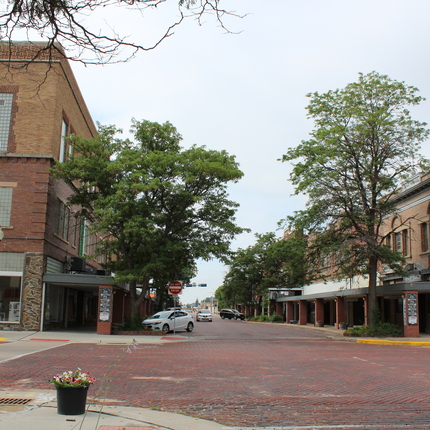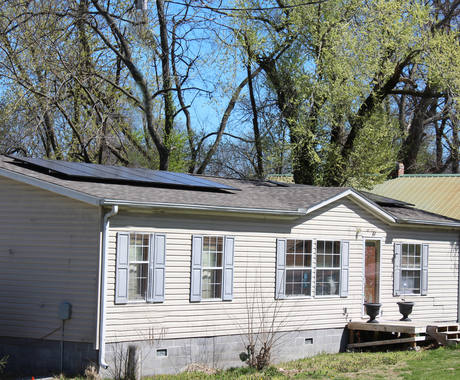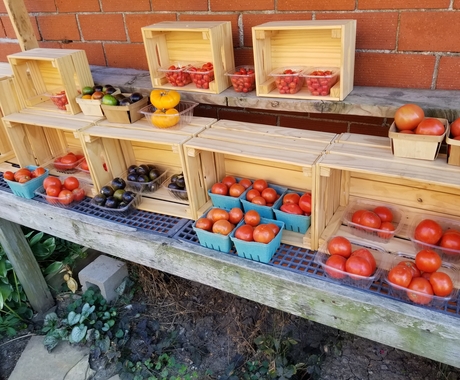Driving down main streets in many Nebraska communities offers a similar view – old, brick buildings line the street, interspersed among newer, modern facades. Some are well maintained while others are falling into disrepair – which some local residents are rallying to save.
Years ago, these structures housed the offices of doctors, lawyers, and dentists on the second floor; while the main floor was home to hardware stores, clothing shops, bakeries, drug stores, and more. Every square inch was dedicated to continuing a thriving town economy.
Today, many of these buildings are home to businesses on the main floors, and there is a growing movement to restore the second floors to living spaces and offices.
In Nebraska, a statewide program is available to help communities revitalize their main streets and other historic areas of towns. This program also gives towns an opportunity to elevate their citizens’ quality of life by offering financial incentives to each participating entity.
The Certified Local Government program, formed by the Nebraska State Historic Preservation Office, a division of the Nebraska State Historical Society, strives to increase local preservation activities and link local governments with a national network of federal, state, and local organizations.
What does it mean to become a Certified Local Government?
Through this program, cities or counties are eligible for grants to assist local preservation programs.
“Becoming a Certified Local Government gives local governments another way to approach planning, zoning, and land use issues,” said Kelli Bacon, Certified Local Government coordinator and preservation archivist with the Nebraska State Historical Society. “It uses your local landmark process and survey programs’ ability to preserve structures that reflect your community's heritage.”
Certified Local Government partnerships encourage city or county governments, the Nebraska State Historic Preservation Office, and the National Park Service to work together on local preservation efforts.
“A sense of community pride, a sense of ownership in what happens to the community and its historic resources, and economic development, are all fostered through this program,” said Bacon.
A Certified Local Government also has the power to create local landmarks and write National Register of Historic Places nominations, which makes properties eligible for historic tax incentives if substantial rehabilitation occurs.
What can Certified Local Governments do with their grants?
Each year, a total of $90,000 to $110,000 is granted to current Certified Local Governments. The money can be used to help fund eligible projects including historic property surveys, design guidelines, preservation planning activities, public outreach, publications, walking/driving tour brochures, workshops, lectures, local conferences, National Register of Historic Places nominations, and training for commission members and staff.
Currently, Nebraska has eight Certified Local Governments including Auburn, Fairbury, Lincoln, North Platte, Omaha, Plattsmouth, Red Cloud, and Sidney.
The Auburn Historic Preservation Commission has applied for a couple of grants.
“Through those grants, we hired a consultant to formally create our local and national nomination,” said Kim Beger, administrative assistant with the City of Auburn. “We also used the funds to make historic preservation brochures for Auburn, and we’ve used the grant money to send commissioners to training.”
Historic preservation as an economic development tool
Not only do the historic preservation principles of a Certified Local Government community help enrich the quality of life of their citizens, they also use historic preservation as an important economic development, neighborhood revitalization, and tourism tool.
In Omaha, the main focus is the administration of the Landmarks Heritage Preservation Commission, historic resource surveys, and new National Register and Local Landmark listings.
“There are also local preservation groups and historians who we work with regularly as we process our daily activities,” said Jed Moulton, manager of urban design with the City of Omaha Planning Department.
How does your community become a Certified Local Government?
To qualify, a city or county must establish a historic preservation ordinance that includes protection for historic properties, create a preservation commission to oversee the preservation ordinance and the program, provide for public education and participation including nominating properties to the National Register of Historic Places, and conduct and maintain a survey and inventory of historic properties.
More information
For more information on becoming a Certified Local Government in Nebraska, contact:
Kelli Bacon
Certified Local Government coordinator/preservation archivist
Nebraska State Historical Society
State Historic Preservation Office
1500 R St.
PO Box 82554
Lincoln, NE 668501-2554
402.471.4766
kelli.bacon@nebraska.gov
Feature photo: North Platte is one of eight Certified Local Governments in Nebraska. Others are located in Auburn, Fairbury, Lincoln, Omaha, Plattsmouth, Red Cloud, and Sidney. | Photo by Rhea Landholm




